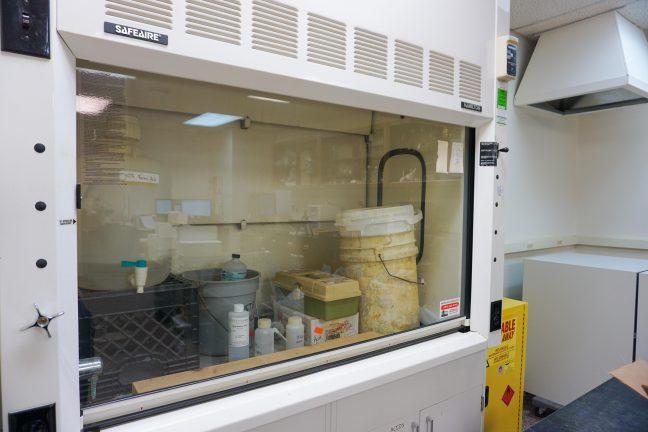I am sure state Sen. Dale Schultz does not fancy himself as Franklin Roosevelt, but a bill he recently introduced calls to mind the Tennessee Valley Authority project that was an integral part of FDR’s alphabet soup programs during the Great Depression. Rather than electrifying 1930s Appalachia, however, Schultz’s proposal seeks to connect the “last mile” — those sparsely populated, rural regions — of Wisconsin to the Internet via broadband. The destination is certainly worthy, but the journey is fraught with danger.
The bill is called Universal Broadband for a Rural Region, or UBER for short. It seeks to develop broadband access for all of Wisconsin, as well as increase broadband use and computer literacy throughout the state. Although its stated ambitions are grand, the actual proposals of the bill are rather modest. Such humility may well be the bill’s greatest strength.
Rather than embarking on grandiose crusades to run fiber optic cables to every corner of the state, Schultz advocates a much more reasoned approach. By funding a series of studies to map unserved and underserved areas, as well as identifying existing infrastructure, the bill lays a solid foundation for future improvements that could occur as funding becomes available or as need increases.
A massive building project could have been easily presented as a solution to the impending economic crisis, just as the TVA was. However, such a comparison would have been grossly irresponsible. During 1933, when the TVA was passed, nearly a quarter of the country was unemployed. Although the numbers are rising today, they remain at less than one-third of those levels.
Moreover, there is no alternative to electricity. The Internet, however, is more complicated. Although it is true that broadband penetration in the United States lags significantly behind other countries, the outlook is not as dire as the statistics might suggest. First, such a discrepancy is most likely the result of the geographical size of the U.S. While European countries need only to cover comparatively small, densely populated areas, we in the U.S. are still struggling to find cost effective ways to make broadband available to rural Utah. Second, over 90 percent of all Internet users (as of July 2008) use broadband connections to access the Internet. The same survey conducted by the Pew Foundation in May 2008 also found that only 15 percent of rural respondents would switch to broadband if it became available to them.
Recent developments also suggest hard line broadband may soon become a thing of the past. One startup company that has gained the support of some of Silicon Valley, as well as the outgoing FCC chairman, has plans to cover 95 percent of the nation with free wireless broadband within 10 years. Another California-based company plans to launch a satellite in two years that will be capable of providing DSL-speed service to over 2 million people. With so many developments in wireless broadband technology, it may make more sense to invest in wireless infrastructure, rather than sinking more and more money into hardlines.
Furthermore, the proposal takes time to point out several other issues related to state policy and the internet. Perhaps most glaring is the closing of state job offices in rural regions and their replacement with an internet website. While the measure can certainly be applauded as cutting costs, Schultz points out that many of the rural constituents served by those offices are without high-speed Internet access, effectively denying them services their tax dollars pay for.
Schultz contends that business people, students and those requiring healthcare are all put at a disadvantage by the lack of broadband access. It is tough to argue the health or business points, but the education case is suspect. As a kid, I grew up without any form of high-speed internet access until my junior year of high school. It definitely did not hamper my educational or social development, though it is the principle reason I only managed to download a grand total of 17 songs from Napster during my adolescence. The social malaise I felt as my friends talked about all the Blink 182 songs they had was acute to be sure, but nowhere near crippling.
This middle of the road approach serves the bill well, since any public-private venture would be laden with practical as well as ideological complications. Any future measures taken to build infrastructure with public dollars for private enterprise would have to be scrutinized extremely closely — unless that company is Charter, in which case I say forget the whole thing. We’d actually be doing rural Wisconsin a favor.
Joey Labuz ([email protected]) is a junior majoring in biomedical engineering.







